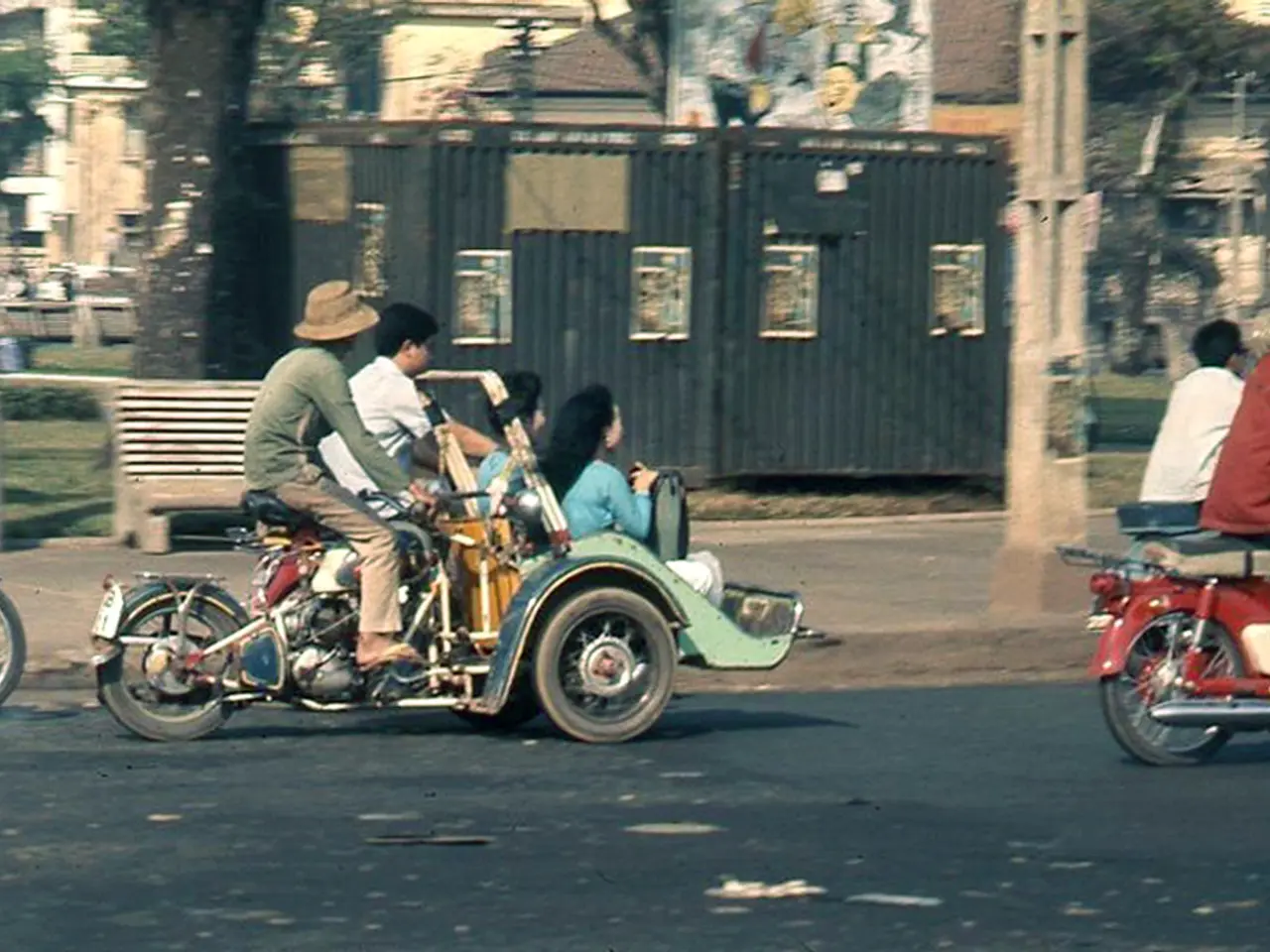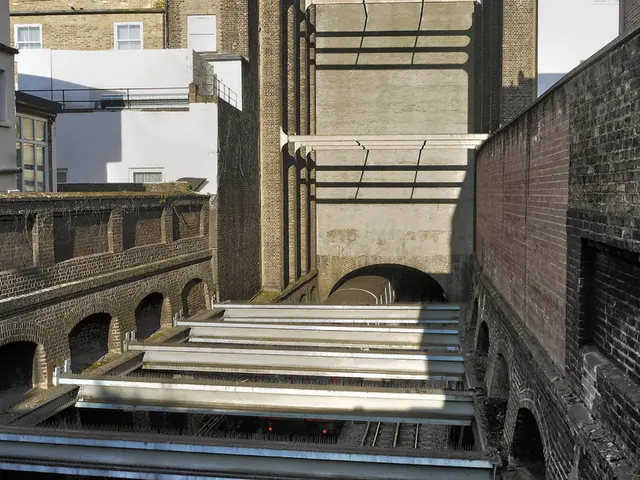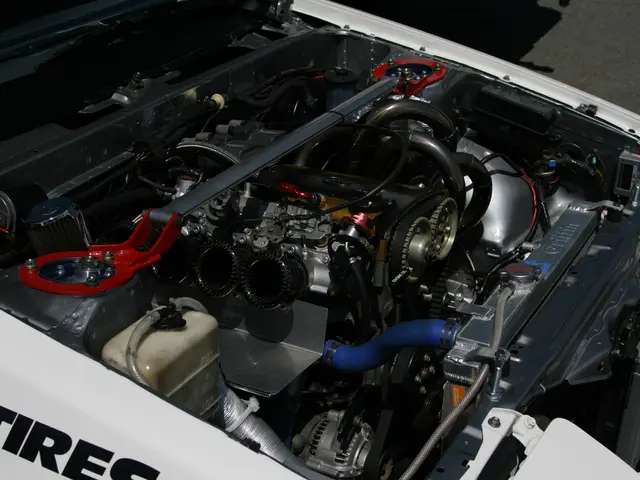Honda Enters Indonesian Electric Two-Wheeler Market with EM1 e: Scooter
Honda Motor, the Japanese automotive giant, is set to enter the Indonesian electric two-wheeler market with its first models. Southeast Asia, with Indonesia at the forefront, is seen as a promising region for Honda's electric two-wheeler expansion.
Currently, the Indonesian market is dominated by local and Chinese competitors such as Electrum, Yadea, and Gogoro. However, Honda aims to make a significant impact with its plans to sell seven e-motorbike models by 2030, targeting a sale of 1 million units. This is part of Honda's broader strategy to electrify all its motorcycles by the mid-2040s.
The first electric two-wheeler from Honda for the Indonesian market will be the EM1 e: scooter. The company is not alone in its interest in Indonesia; the German company Bosch plans to establish a production facility for electric motorcycles in the country within the next four to five years. Challenges persist, though, with e-motorbikes accounting for less than 1% of the market due to issues like lack of charging infrastructure and higher pricing.
Honda's entry into the Indonesian electric two-wheeler market is a significant development, given its dominant 88% share in the conventional motorcycle market. As competitors like Electrum, Yadea, and Gogoro expand their presence, Honda's electrification plans could reshape the market landscape in the coming years.







